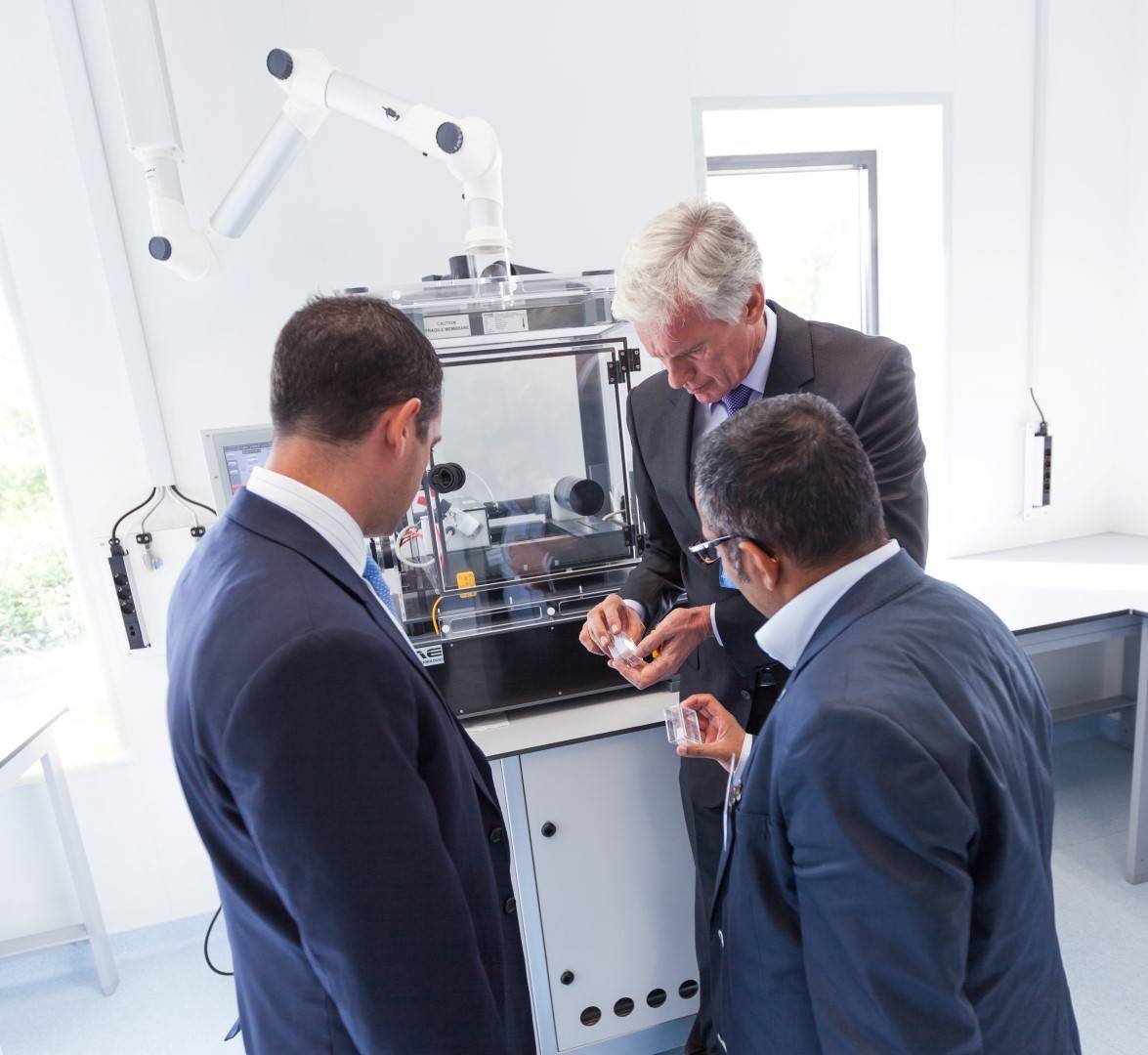Natascha Sereinig, programme manager of the biobased programme at InSciTe, starts by painting the context of the biobased programme of InSciTe. ‘The founders anticipate that the development of biobased chemicals and materials will continue, and that the market will switch to them increasingly. This applies to drop-ins as well as to new chemicals which are developed. The reason? Businesses are going to have to make their processes and products more sustainable, whether stricter legislation forces them to do this or not. This is related to a large extent to CO2 emission reduction and to preventing the earth from heating up more. In the case of new chemicals and materials, unique properties will also be the deciding impulse for brand owners to switch from fossil to biobased.’
Second generation feedstocks
The biobased programme at InSciTe concentrates on second generation feedstocks from the agrofood sector, waste flows and forestry/green crops domain.
Sereinig: ‘We are concentrating on hemicellulose, cellulose and lignin from this range: components which are plentiful in nature and which, if converted in an economically viable way, offer us options for new sustainable solutions and will reduce our dependence on oil, a feedstock which will ultimately become more scarce. To be clear: InSciTe does not address the pretreatment of the above biomass. We start with raw material flows which have already been pretreated, and then develop and upscale them further along certain routes which have been proven on laboratory scale. Based on the expertise of the partners of InSciTe, the pathways we have chosen are mainly thermochemical and catalytic-chemical, including biocatalysis.’
Economically viable
According to Sereinig, it is precisely in the upscaling from laboratory to demonstration scale – let’s say the ‘core’ of an RT&D process – that companies gain a more accurate picture of whether the processes are economically viable. ‘All you can do in the lab is demonstrate a proof of principle. With upscaling you investigate whether the processes still work on a larger scale, but you also examine how they can be optimised. In the end it is about finding the most cost-efficient pathway with as few waste products as possible and an end product of which the purity is in keeping with the application. Dozens of different pathways are possible for every product, using different process/separation technologies. At InSciTe we will use various process evaluation methods (including computer modelling) to select the pathways with the greatest chance of success at an early stage in the upscaling. This step can speed up the RT&D process considerably. We will use that, for instance in the InSciTe “Horizontal” project. This project examines a number of building blocks in more detail, in combination with new reaction-separation techniques, including spinning disc reactors (Flowid, ed.). This evaluation should ultimately result in a selection of the most economically viable product-process combinations.’
Crude oil from lignin
‘Another two projects have been started at InSciTe which investigate and/or scale up specific pathways in more detail. The first project, LA2AA, concentrates on the production of adipic acid from levulinic acid. Adipic acid, used in the production of plastics and yarns, among other things, is produced on a large scale. In the LA2AA project we are investigating a pathway to adipic acid which is more sustainable than the usual pathways, in which we want to involve companies which want to produce polymers based on more sustainable adipic acid.
The second project focuses on lignin. More specifically, it aims at setting up a biorefinery which processes lignin into a crude oil using a catalyst developed at the Eindhoven University of Technology. The process works on lab scale (4 litres), but will have to be scaled up to a representative scale. The challenge is to fractionise this crude oil and convert it into phenols, resins and high-quality additives for transport fuels.’
Pilot plant under construction
A brand-new pilot plant will be put into operation at the start of 2016, enabling the above pathways to be investigated. This multi-purpose facility provides space for systems for chemical conversions, focusing on catalytic-chemical and thermochemical conversion. The volumes involved vary from 50 to 500 kg per day. ‘In practice, projects will be carried out partly at the partners’ sites and partly at the InSciTe facilities,’ according to Sereinig. ‘We want InSciTe to attract more activity to the Brightlands Chemelot Campus as well. These can be activities targeting pilot and demonstration scale level, in order to scale up further. Actual production at the Campus is another option, although it is expected that this will be set up closer to the supply of relevant feedstocks.’
Chemelot InSciTe stands for Chemelot Institute for Science & Technology, a new public-private joint venture which concentrates on developing biomedical and biobased materials and making them ready for the market. InSciTe is located at the Brightlands Chemelot Campus in Sittard-Geleen and a large part of the activities will also take place at the Campus. The current partners under the InSciTe flag are Eindhoven University of Technology, Maastricht University, Maastricht University Medical Center, DSM and Chemelot Scientific Participations (CSP), an investment fund financed by the Province of Limburg. The initiative is open to other public and private organisations.
Managing director Emiel Staring on the raison d’être of InSciTe: ‘The development of new products is highly complex and based on new technologies which the individual participants do not all have in-house. That requires the competencies and expertise of different parties that can achieve the desired result faster through cooperation. Even large companies like DSM are no longer able to do this on their own. They seek cooperation with other parties that have additional knowledge. While universities often have and develop a great deal of fundamental knowledge, businesses can translate that into products that are able to find their way to the market.’
InSciTe actively seeks partners from the entire value chain that will work together with the institute in RT&D pathways and want to apply the technology packages commercially. For further information: see the website.



